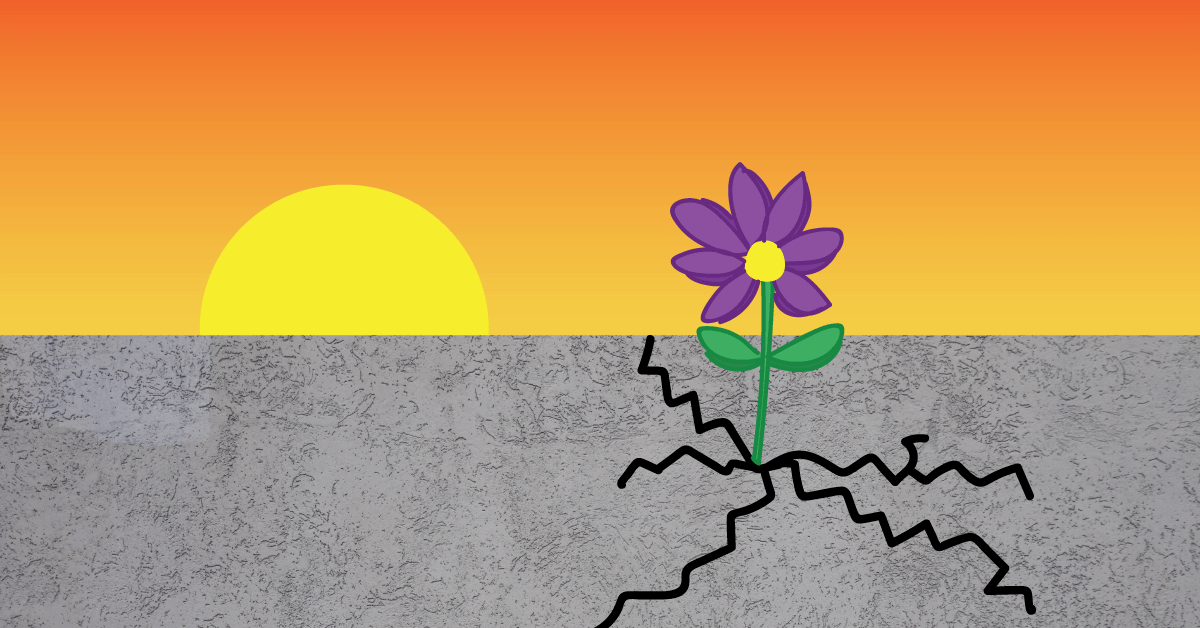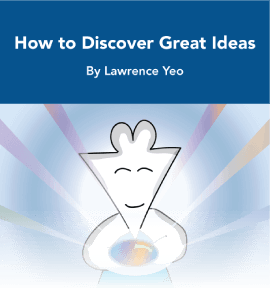On Pain, Suffering, and Hope
One of the most iconic hooks in hip hop history was recorded by rapper AZ on Nas’ debut album, Illmatic. It goes like this:
Life’s a bitch, and then you die,
That’s why we get high /
‘Cause you never know,
When you’re gonna go.
It’s one of those examples where the simplicity of the message is what allows it to resonate. Life is pain, and the only way it ceases is when life itself does. Knowing that, you ease the pain by enjoying the little things, and do so before you face the inevitable finish line.
Of course, there are valid criticisms of this hook, particularly when it come to its embracing of hedonism and such. However, that’s not what interests me. What interests me is what you do with the fact that pain is a feature of life, and how we orient ourselves in this world when we couple this with the knowledge of our finiteness.
Let’s start with the claim that life is pain.
Pain is a biological phenomenon, one that is rooted in what we feel in the body. The reason why pain is a feature of sentient life is that all life is governed by the law of entropy: that is, everything that arises will decay and break down via the natural forces of disorder. Cells rupture, immune systems weaken, backs ache. All of these things are accompanied by a pain that signals when entropy has overtaken the body, and this is unavoidable.
But when AZ says that “life’s a bitch,” I don’t think he’s referring to someone that has carpal tunnel or is in desperate need of a shoulder massage. Rather, he’s referring to the psychological pressures of life. He’s talking about people that are stressed out about their bills, people that are worried about their children, people that don’t see a way out of their current condition. The pain he’s referring to is one that’s inflicted on the mind, which is why he then goes on to say that people get high to escape these pressures.
What’s interesting, however, is that psychological pain still manifests in the body. Anxiety is a neurobiological phenomenon that ultimately reveals itself in the tightening of the chest, an elevated heart rate, a flushing in the face. Depression is often characterized as a heaviness on the body, as if you have a weighted blanket on top of your chest throughout the entire day.
Whether it’s inflicted on the body or on the mind, one thing is certain: Pain is sensation. It’s an unconscious pattern of trauma and pressure that waves its way through your biological frame, and this ebbs and flows until one day, the troughs refuse to rise back up. Or as AZ says, “and then you die.”
This brings us to the second thing: the knowledge of our finiteness.
What’s fascinating to me about the awareness of our mortality is the myriad of ways we respond to that knowledge. Some people respond by doing everything in their power to avoid death, viewing it as something that needs to be defeated through technology. Others view death as something liberating, as the starting point to an eternity in heaven where they can be reunited with their loved ones. Others simply accept it, and don’t make much of it. The potential responses to the awareness of our mortality is, ironically enough, quite endless.
What this means is something profound. When faced with a biological fact, we have the ability to choose how we interpret it. The mind has the power to frame the inevitability of entropy in a way that aligns with one’s values and perceptions. When we call someone an optimist, for example, we’re referring to someone that takes the reality of pain and perceives it as an opportunity for something better. The optimist doesn’t deny the existence of pain, but instead sees it as a gateway to growth.
This brings us to the difference between pain and suffering.
There’s a famous photograph of a monk named Quang Duc being engulfed in flames as he quietly sits in the center of an intersection. The context of this event was political, but that’s not of significance to the discussion here. What’s important to note is that when it comes to death, being burned alive has to be one of the worst ways to go. Placing your hand on a hot stove will already result in a torrent of pain; one could only imagine what it’d be like to have your entire body be engulfed in many multiples of that.
Yet in this photograph, the monk is still. He’s not thrashing about, not screaming in agony. His posture is upright, and he’s meditating during this whole affair. Unquestionably, this man is in incredible pain, but it’s very possible that he’s free from suffering.
This is an extreme example of this dynamic in action, but it highlights how pain and suffering are different phenomena. If pain is biological, then suffering is the psychological frame you put around it. If pain signals a hardship, then suffering is what internalizes that hardship to feel like a continuous burden. This tends to be the default setting we operate on, but if we take regular moments to reframe pain, then it’s possible to liberate yourself from suffering.
There’s an aphorism going around that “pain is inevitable, but suffering is optional.” While there’s truth to that, it’s important to remember that this could be an insensitive thing to say to someone battling incredible amounts of pain. It’s not very helpful to say this to a clinically depressed person, or someone battling an especially difficult chronic illness. Most of the time, what helps is not a wisdom truth bomb, but compassion for the person’s pain.
Knowing this, the best way to help divorce pain from suffering is to give the person space to talk about their pain. Because by discussing the hardships they’re going through, they feel like they’re sharing their experience with others, and it is through this connection where their pain can be contextualized in a different way.
As James Baldwin once wrote:
You must understand that your pain is trivial except insofar as you can use it to connect with other people’s pain; and insofar as you can do that with your pain, you can be released from it.
Perhaps that’s why AZ’s hook resonated with so many people. By hearing the pain of daily experience being communicated through an amazing song, it was able to connect with the pain of others in an uplifting light. And by connecting with others in this way, the collective pain was reframed into something empowering, and for those few minutes, people were released from their suffering.
_______________
_______________
For more stories and reflections of this nature:



